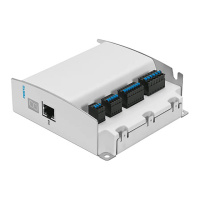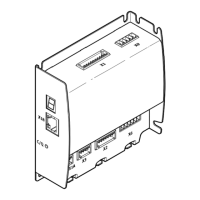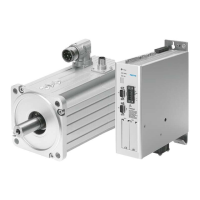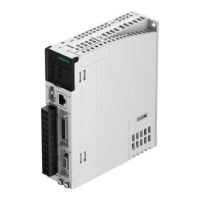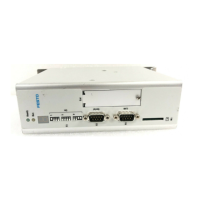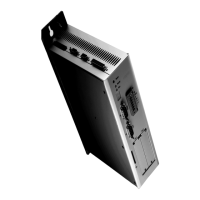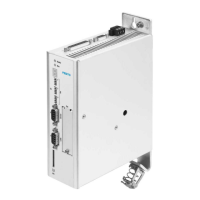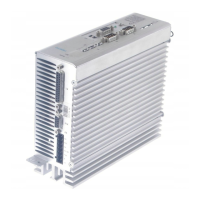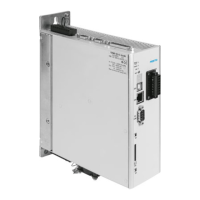C Festo Parameter Channel (FPC)
152 Festo – GDCP-CMMO-ST-LK-C-HP-EN – 2017-05b – English
C.3 Parameter transmission (PNUs, internal objects)
C.3.1 Structure of EFPC in parameter transmission
The structure of EFPC in parameter transmission is shown in è Tab. C.6.
Data Byte 1 Byte 2 Byte 3 Byte 4 Byte 5 Byte 6 Byte 7 Byte 8
O data FPCC Sub-index Parameter number
(PNU)
Parameter value (PWE)
I data FPCS Sub-index Parameter number
(PNU)
Parameter value (PWE)/error code
Tab. C.6 Structure of EFPC for parameter transmission
C.3.2 Sequence of parameter transmission
Parameter transmission takes place in the following sequence:
1. Start transmission.
2. Wait until the “Transmit parameters” acknowledgment is made.
3. Wait between two successive jobs, send task identifier 0 (no job, “zero request”) and response
identifier 0 (no reply).
This ensures that an “old” response is not interpreted as a “new” response.
Parallel to the transmission, the controller must evaluate possible errors.
Before and after the parameter transmission, the telegram “no job” is exchanged cyclically between the
controller and motor controller.
Written parameters must be permanently stored by writing PNU 127:2 with the value 1 so
they will be secure in case of power failure.
C.3.3 Example of parameter transmission
Write parameter PNU 440:2 with 4660
d
FPCC = 0001 1000
Sub-index = 0000 0010
Parameter number = 0000 0001 1011 1000
User data = 0000 0000 0000 0000 0001 0010 0011 0100
Parameter successfully written
FPCS = 0001 0101
Sub-index = 0000 0010
Parameter number = 0000 0001 1011 1000
User data = 0000 0000 0000 0000 0001 0010 0011 0100
Controller
Motor controller
Fig. C.1 Example of parameter transmission sequence
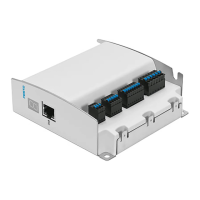
